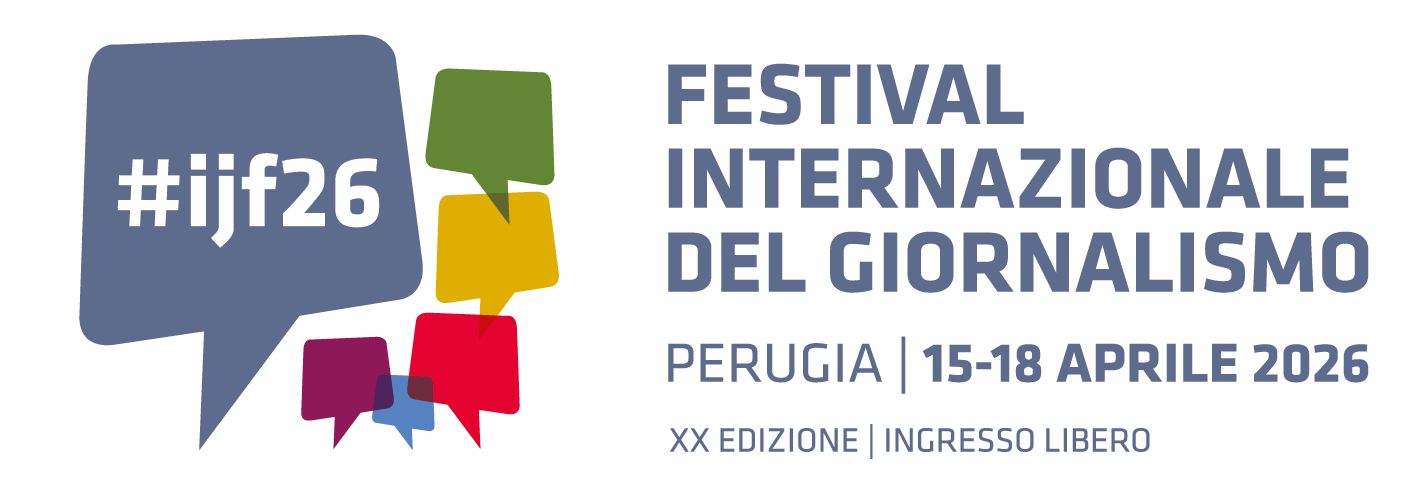TACOD Project
Promoting Open Data as a Tool to Prevent and Detect Corruption
The TACOD project seeks to measure the impact of laws and policies about open data on corruption. In this project we consider Open data as referring to both proactive publication and reactive publication, for instance in response to Freedom of Information requests. Open data is assumed to reduce corruption in two main ways. First, it is expected to increase the rate of detection of corruption, i.e., to increase the proportion of all corruption cases that are detected. Second, it is supposed to deter corruption, so that fewer cases of corruption occur. One problem for research into this relationship is that it is difficult to disentangle the two effects when seeking to measure their impact, particularly when using data about corruption prosecutions as the dependent variable. If the rate of detection increases, this will mean that the number of prosecutions of corruption will increase; it might thus appear that corruption has increased. If more cases of corruption are prevented, however, this would mean fewer prosecutions of corruption. Thus, the introduction of Open Data might be successful in both detecting and preventing corruption, but this would not be discernible from data about corruption prosecutions. Using corruption perceptions as the dependent variable does not alleviate the problem; if more cases are detected, this might well feed through into increased perceptions of corruption.
Organised in association with Transparency International Italia


